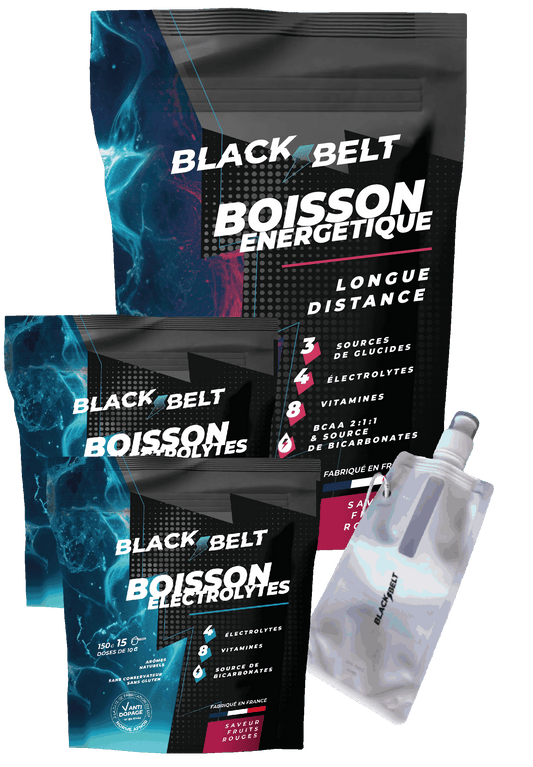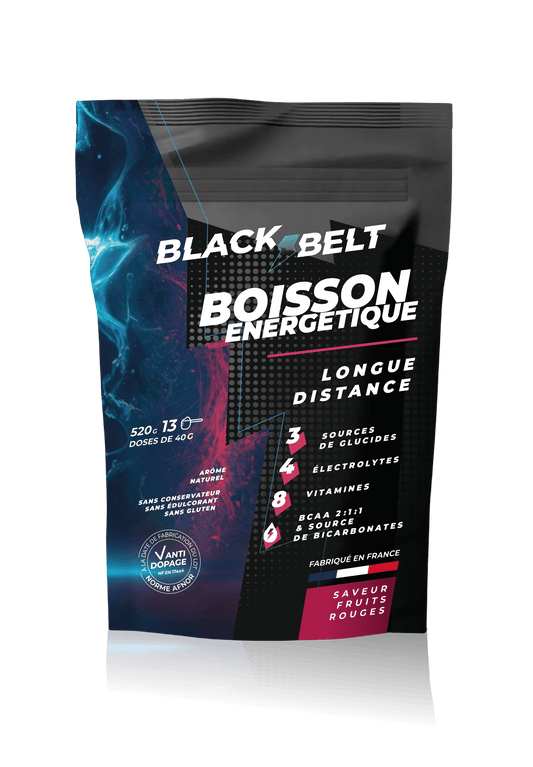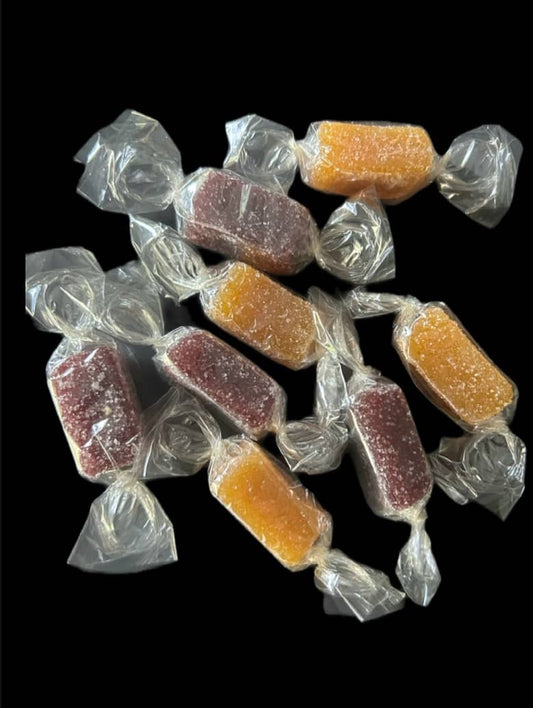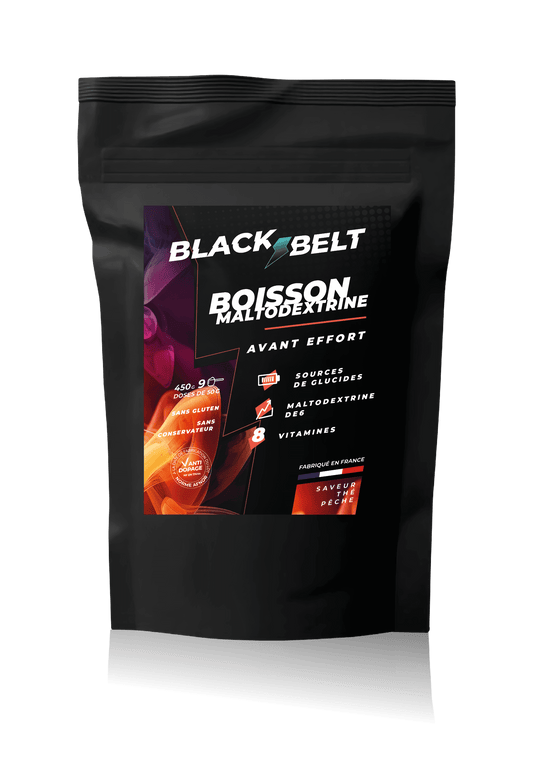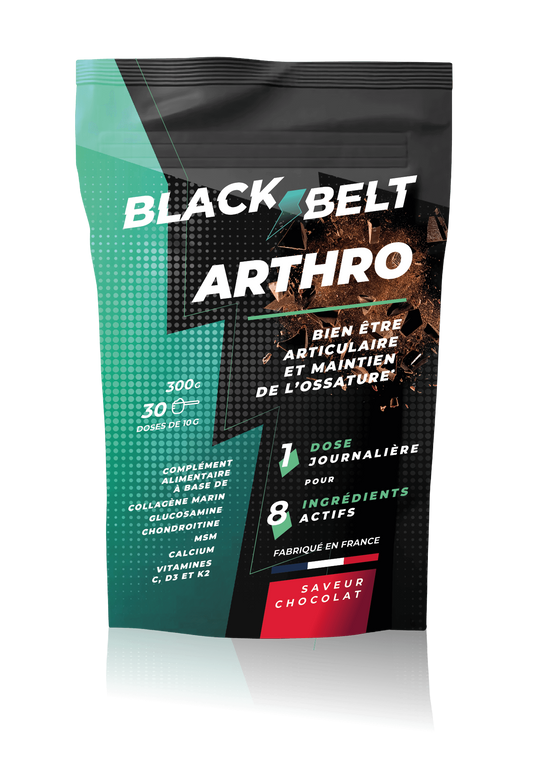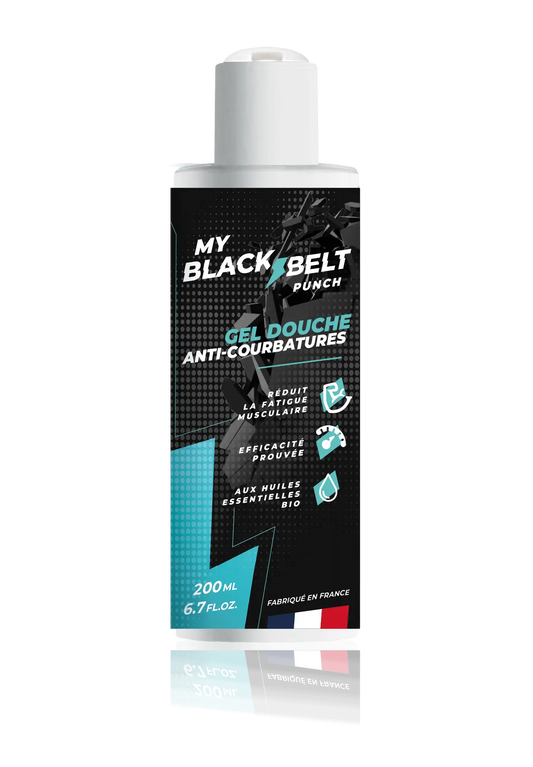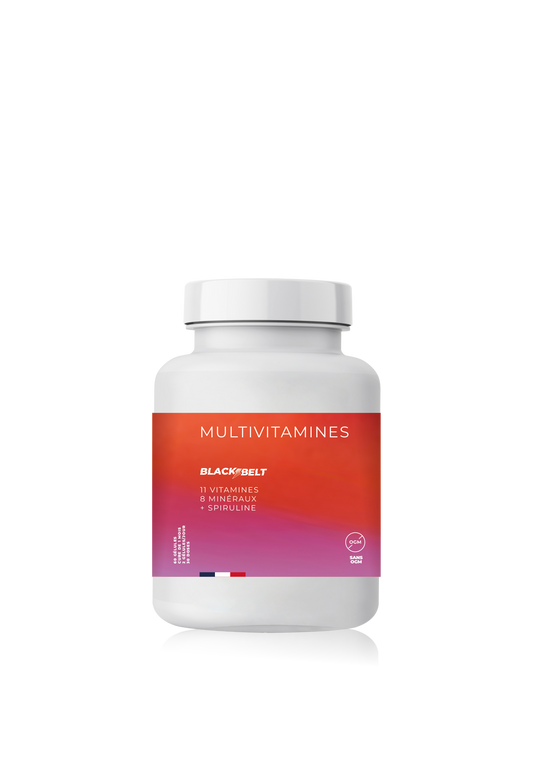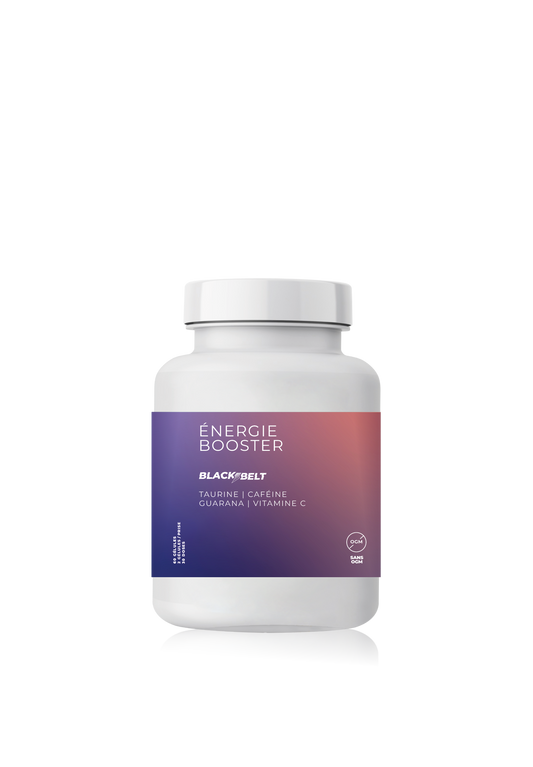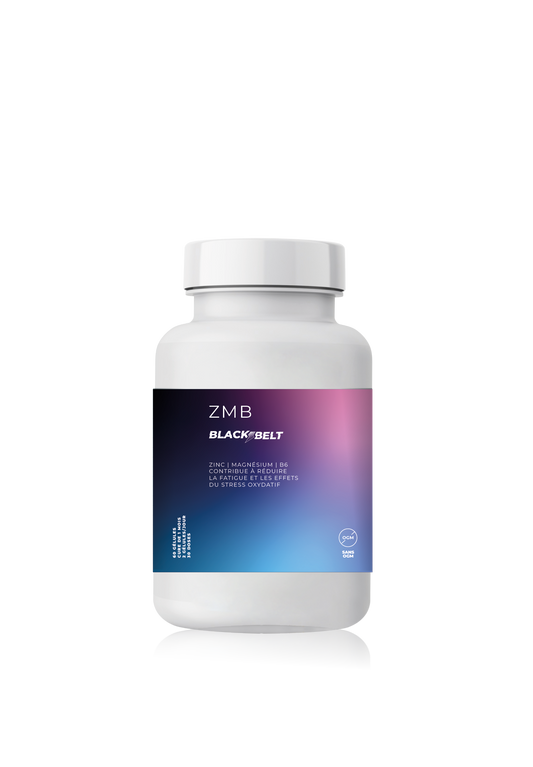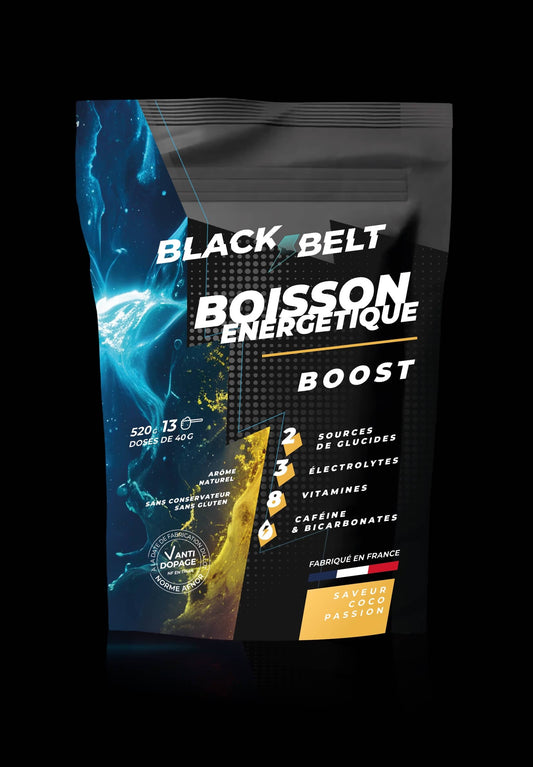How to Calculate and Improve Your Cycling Pedaling Efficiency?
Pedaling efficiency is a key indicator of cycling performance. It allows you to assess the power generated per crank revolution and optimize your pedaling stroke to be more efficient on the bike. Whether you're a road cyclist, mountain biker, or triathlete, understanding this indicator can help you better manage your effort and improve your energy efficiency.
In this article, we will see how to calculate your pedaling efficiency based on your power and cadence, and above all, how to improve it with suitable exercises.

Why Measure Pedaling Efficiency?
Pedaling efficiency measures how much energy is used with each pedal stroke. It is directly related to performance and energy efficiency over long distances.
The benefits of good pedaling efficiency:
- Better power transmission: Less energy loss with each pedal stroke.
- Reduction of muscle fatigue: Smooth pedaling limits the accumulation of lactates.
- Optimization of endurance: A good power/cadence ratio improves effort management over time.
- Injury prevention: Better technique reduces stress on knees and hips.
By analyzing this indicator, you can adjust your cadence, your position on the bike and your power distribution to improve your performance.

How to Calculate Your Pedaling Efficiency?
Pedaling efficiency is measured in Joules per pedal stroke, using the following formula:
Explanation of variables:
- Power (W): Value provided by a power sensor (example: sensor on pedals or hub).
- Cadence (RPM): Number of pedal revolutions completed in one minute.
Calculation example: A cyclist developing 250W at a cadence of 90 RPM will have an efficiency of:
This means that each pedal revolution generates 166.67 Joules of energy.
Tip: An experienced cyclist will seek to maximize their power per pedal stroke while maintaining an optimal cadence, often between 80 and 100 RPM depending on the terrain and the objective.
What is the right power per pedal stroke?
Reference values vary depending on the level and type of cycling practiced.
Type of cyclist Power per pedal stroke (J)
Beginner 120 - 160 days
Trained amateur 160 - 200 J
Experienced cyclist 200 - 250 J
Pro & Elite 250+ J
Interpretation: A high value indicates good energy efficiency. But excessive power per lap can also mean too low a cadence, which tires the muscles more quickly. The ideal is to find the right balance between cadence and power.

How to Improve Your Pedaling Efficiency?
1. Work on the Fluidity of the Pedal Stroke
Efficient pedaling should not be jerky. You should aim to apply continuous power throughout the entire movement.
- Recommended exercise: Single-legged pedaling on a home trainer to learn how to better distribute force over 360°.
2. Increase Strength and Power
To improve power per pedal stroke, it is essential to work on muscular strength.
Key exercises:
• Hill sprint (5-10 seconds of maximum effort).
• Velocity exercise: Cadence of 110-120 RPM smoothly.
• Strength work: Pedal at a low cadence (50-60 RPM) on a heavy gear.
3. Optimize Position and Biomechanics
Poor posture reduces pedaling efficiency. Precise adjustment of saddle height, foot angle, and Q-Factor (pedal spacing) can optimize power transmission.
Recommended action: Carry out a postural study to adapt your bike to your body shape.
Conclusion: Pedal Better to Perform in Cycling
Pedaling efficiency is a key factor in cycling. By measuring your power per pedal stroke and adopting appropriate training strategies, you can optimize your energy efficiency and improve your performance on the road or in competitions.
Need a tool to calculate your pedaling efficiency? Try our online simulator to get your power per pedal revolution based on your cadence and power.
Be more efficient with our range:
-
Pack hydratation - Longue distance
Regular price €49,90Regular priceUnit price / per€54,60Sale price €49,90Sale -
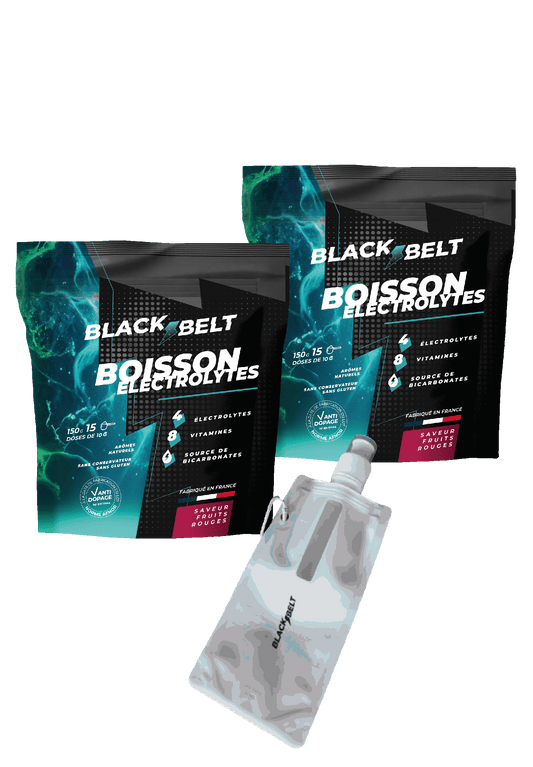 Sale
SalePack Hydratation
Regular price €29,80Regular priceUnit price / per€34,70Sale price €29,80Sale -
Long Distance Energy Drink
Regular price €24,90Regular priceUnit price / per€26,90Sale price €24,90Sale -
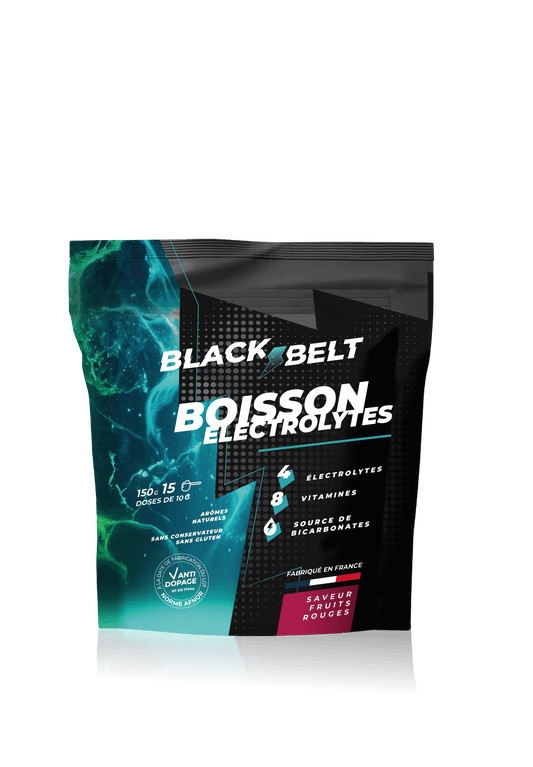 Sale
SaleElectrolyte Drink
Regular price €14,90Regular priceUnit price / per€16,90Sale price €14,90Sale -
Pack: Health Essentials
Regular price From €59,90Regular priceUnit price / per€67,70Sale price From €59,90Sale -
Pâtes de Fruits Énergétiques
Regular price €10,90Regular priceUnit price / per€12,90Sale price €10,90Sale -
Maltodextrine DE6 avant course
Regular price €14,90Regular priceUnit price / per€17,90Sale price €14,90Sale -
BlackBelt Arthro - Joint & Bone Care - Chocolate Flavor
Regular price €34,90Regular priceUnit price / per€39,90Sale price €34,90Sale -
BlackBelt Punch - Shower Treatment
Regular price From €15,90Regular priceUnit price / per€24,90Sale price From €15,90Sale -
Collagène Marin Français Cartidyss® Type II
Regular price From €27,90Regular priceUnit price / per€29,90Sale price From €27,90Sale -
Multivitamins 11 Vitamins + 8 Minerals + Spirulina
Regular price €19,90Regular priceUnit price / per€22,90Sale price €19,90Sale -
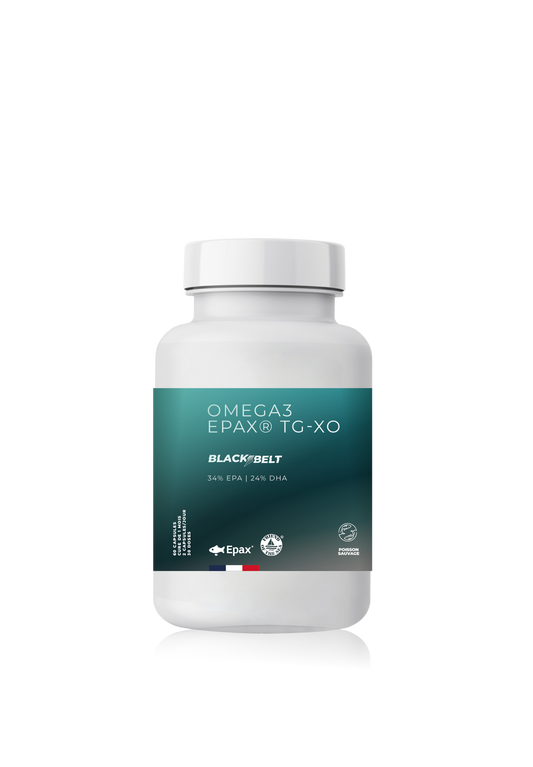 Sale
SaleOmega 3 Epax®
Regular price From €19,90Regular priceUnit price / per€59,70Sale price From €19,90Sale -
Energy Booster Capsules - Pre Workout
Regular price €18,90Regular priceUnit price / per€19,90Sale price €18,90Sale -
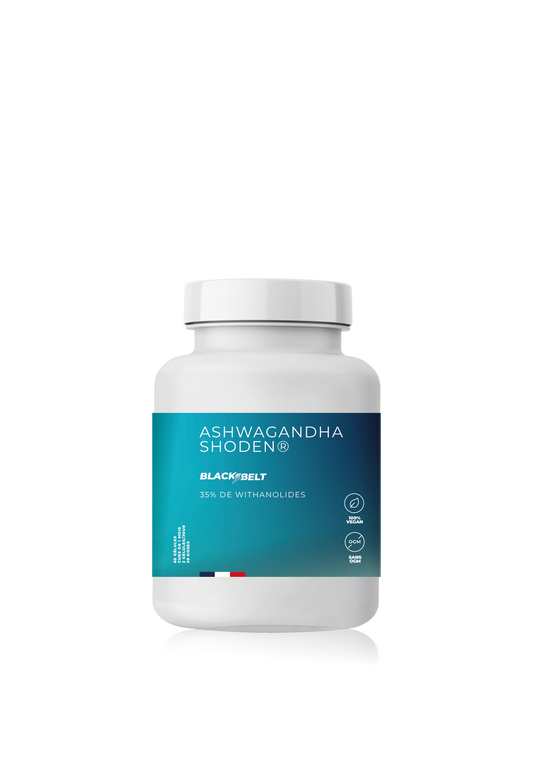 Sale
SaleAshwagandha Shoden®
Regular price €19,90Regular priceUnit price / per€24,90Sale price €19,90Sale -
Boisson energetique-disponible en septembre
Regular price €24,90Regular priceUnit price / per€26,90Sale price €24,90Sold out -
FREE Guide: Running & Recovery
Regular price €0,00Regular priceUnit price / per
1
/
of
17
Calculateur d'efficacité du pédalage
Résultat :
Puissance par coup de pédale : - Joules/rev
More than 25 free tools in my toolbox
Subscribe to our emails
-
FREE Guide: Running & Recovery
Regular price €0,00Regular priceUnit price / per -
Booster son allure en course à pied
Regular price €0,00Regular priceUnit price / per -
FREE Guide: Healthy Gourmet Recipes
Regular price €0,00Regular priceUnit price / per -
FREE Guide: The Menstrual Cycle and Sport
Regular price €0,00Regular priceUnit price / per -
FREE Guide: Avoid Injuries and Perform at Any Age
Regular price €0,00Regular priceUnit price / per -
Ebook: The keys to flexibility
Regular price €8,99Regular priceUnit price / per

